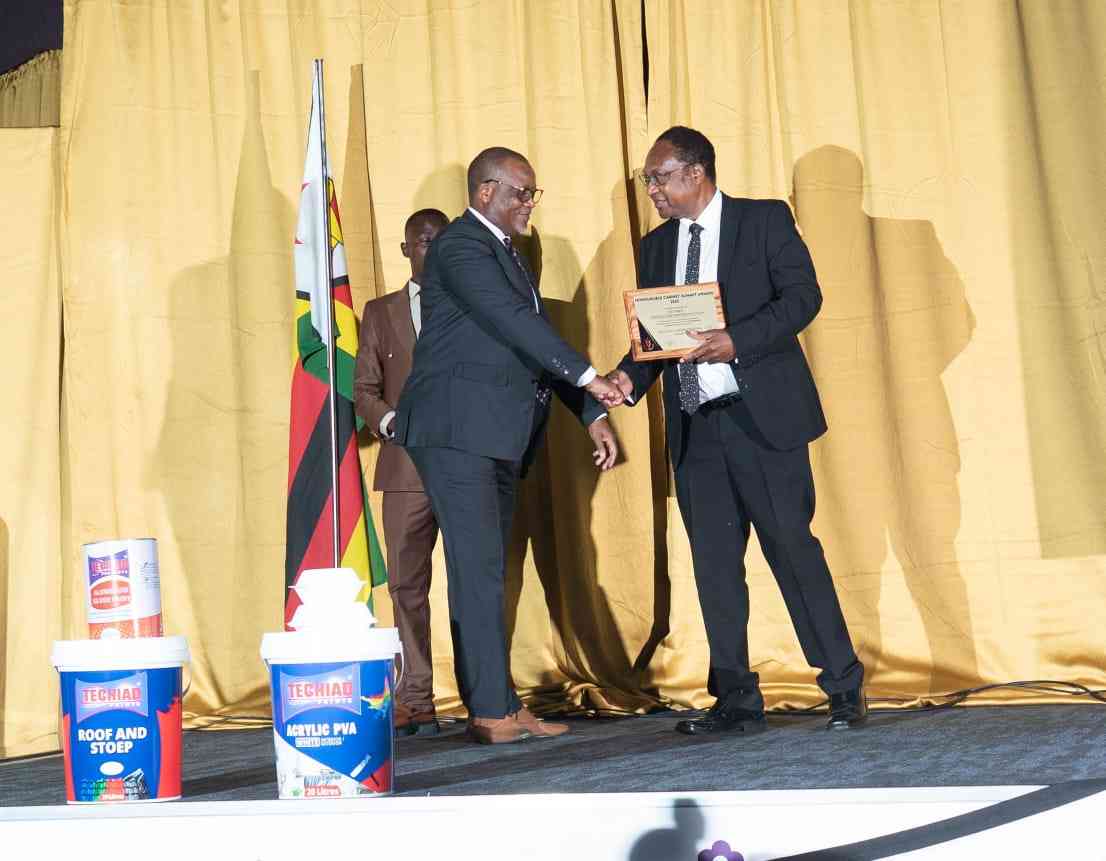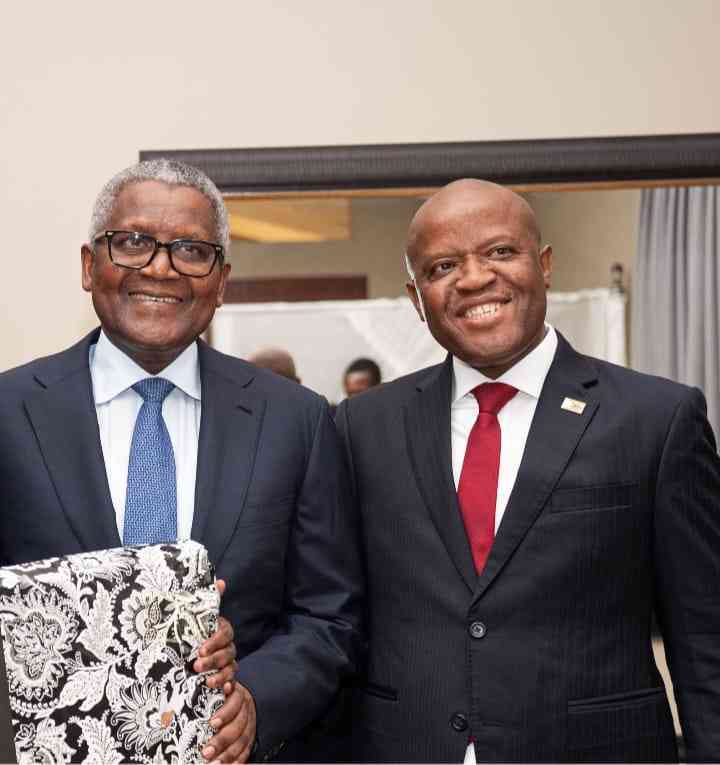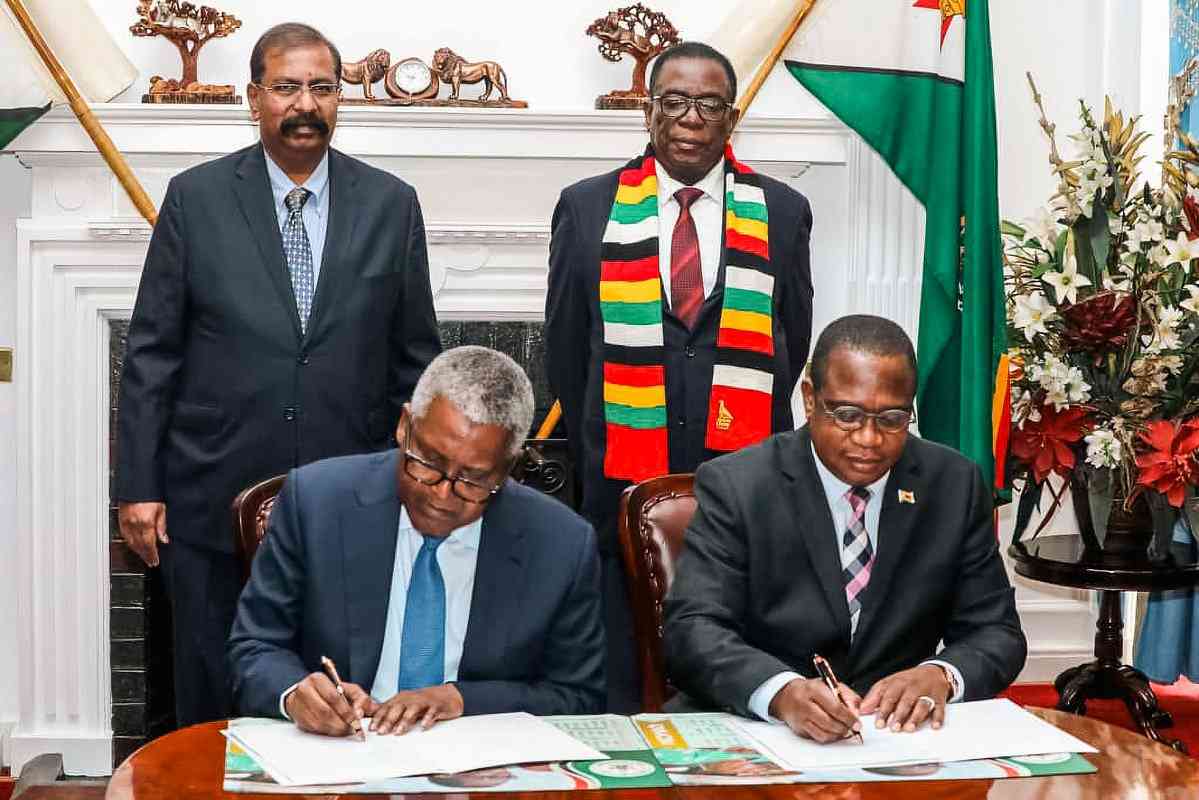
The buildup of zeroes as a result of the weakening Zimbabwe dollar and rising inflation put accounting systems in danger of crashing before central bank governor John Mushayavanhu introduced a new currency on April 5, a business executive said this week.
Busisa Moyo, chief executive officer at United Refineries, told a post monetary policy breakfast meeting organised by Alpha Media Holdings in Bulawayo that zeros were building up on Zimbabwe’s currency and systems were struggling to cope.
Moyo was one of key business leaders consulted by Mushayavanhu before he came up with his first monetary policy statement (MPS), which ushered in the new currency, Zimbabwe Gold (ZiG).
It replaced the Zimbabwe dollar (ZWL), which had to be decommissioned after depreciating rapidly against the US dollar, complicating an already dire economic situation.
Moyo, who is also chairman of the Zimbabwe Investment and Development Authority (Zida) said experts who gathered to map out the MPS had many choices to look at.
“We could have removed zeros like what Zambia did,” he told captains of industry.
“When we were looking at various options, we really had a few choices.
“We could have stayed where we were with the ZWL (Zimbabwe dollar), but that was a headache for accountants and for people looking at financial information from outside.
- ‘Inflation could shoot to 700% by April next year’
- New perspectives: Inflation control critical for economic growth
- Inflation spike: Why interest rates aren’t the answer
- Village Rhapsody: Govt must ensure that devolution works
Keep Reading
“A load of cooking oil was now going for ZW$1,5 billion.”
It would have been the second time in over a decade that systems crashed due to an overflow of zeroes on Zimbabwe currency.
During the first phase of Zimbabwe’s economic crisis between 2000 and 2008, up to 25 zeroes were loped off the currency at various stages, as hyperinflation ravaged the currency which was later decommissioned in 2009.
Bond notes were trading at about US$1: ZW$30 000 when they were replaced, with many zeroes accumulating on the currency.
Speaking at the same event, Mushayavanhu said quasi fiscal operations had long been discontinued by the time his predecessor, John Mangudya left office on March 28.
He said the central bank will not print money to fund quasi fiscal operations.
“In the past, the Reserve Bank used to do what we call quasi fiscal operations (QFOs),” Mushayavanhu said.
“There is nothing wrong with that, but let me explain the history around QFOs.
“When the country was placed on sanctions, the government in its own right could not borrow because there was no lender willing to lend and added to that there were arrears that were at the IMF, World Bank, and so forth.
“So, the central bank had to step in and was now borrowing on behalf of government.
“We have said that is the past and we have said going forward, Treasury is going to do its own thing and the central bank is going to do what it is mandated to do by the Reserve Bank Act.
“The other issue that has been raised is that the central bank is a piggybank for government.
“They come and take the money when they want, and they will order us to give them the money and we will say nothing, but nothing can be further from the truth. “
He added: “I think I have been on record to say when I went into the central bank I was also of the same impression.
“I went there and asked for them to show me the overdraft of Treasury over the past month, past year, and the past two years.
“There was nothing. Treasury has not borrowed from the central bank at all.
“In the Reserve Bank Act, there is a provision that if Treasury were to borrow from the central bank, they borrow it according to a formula, but we are not necessarily going to apply that formula.”











